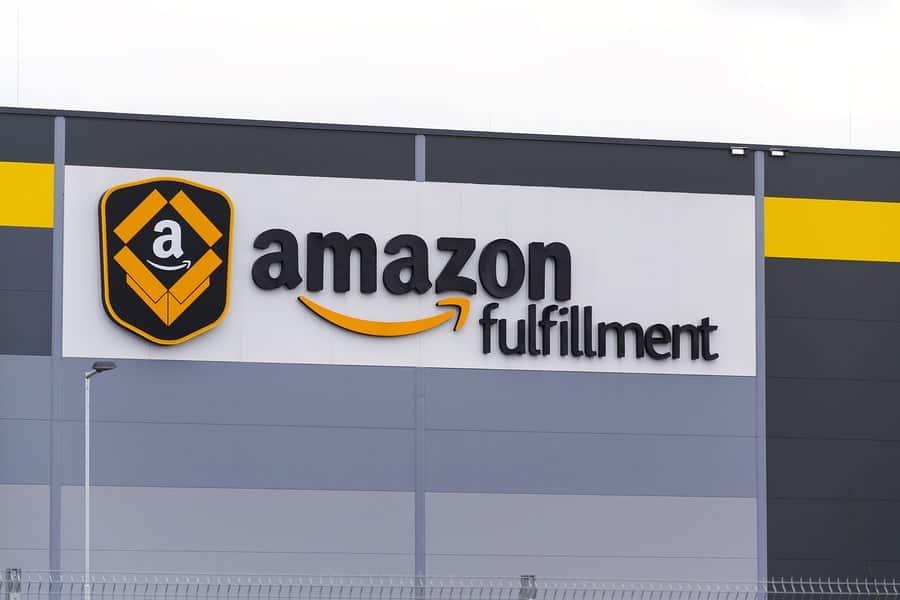Even if you haven’t read about Jeff Bezos and his stunning commitment to customers at Amazon, chances are you have been one of his satisfied customers. It’s not difficult to imagine that the person at the top at Amazon has figured out a formula for success that pushes the limits of what most companies are comfortable doing. Over the past few decades, he has transformed what used to be known as just an online bookstore into today’s most highly respected online retailer.
Simply being focused on customer needs sounds like something most business owners are already doing, but Jeff Bezos takes it to another level – pure obsession. His dedication to giving customers what they truly want drives almost every decision he makes for the company, and the long-term benefits for Amazon are undeniable.
That doesn’t mean it’s been a straight line to the top. Amazon has made its fair share of mistakes and experienced failure at times. But Bezos and his team use data from those experiences to expose potential improvements and pair them with what they know about their customers to propel the company forward.
The following concepts are at the heart of Bezos’ passionate quest to stay on the cutting edge of customer-centered service.
Respect and understand today’s customer.
People today want instant gratification, and Amazon is always striving to provide it. Customers expect a painless shopping experience, order information at their fingertips, and an effective way to get help or complain when there’s a problem. They also have the power to blast the details of a negative experience to the entire digital world – instantly – if they feel that their concerns aren’t being acknowledged or acted upon.
But Amazon doesn’t operate the way that it does just to avoid negative reviews – Jeff Bezos is positively compelled to discover and act upon the needs of his customers, simply because he wants to do what is best for them. The customer is always #1 in his mind. He is famous for bringing an empty chair to meetings to remind employees that the most important person in the room is the one who isn’t sitting there – the customer.
Amazon’s approach to development is to fully understand the customer first, and then create products and services that satisfy their desires. Perhaps even more important are the things that customers can’t stand – having to wait longer than expected, problems with orders, or items being unavailable. Amazon (both Amazon FBA and FBM services) tracks and studies these customer metrics carefully, which informs their decisions about adjustments to make to their services.
Creative personalization is one of the most obvious characteristics of Amazon.com that sets them apart from most. Their sophisticated algorithms and website features make the customer feel like they are both understood and in control. Being provided with links to very relevant products reinforces the sense that Amazon “knows” them, and the extensive forums, online reviews, and online chat features provide customers with all the information they need at their fingertips. Amazon is constantly expanding their services and the accessibility of their store across devices, making them truly available 24/7.
Take data-driven risks and innovate for the long term.
Bezos has always maintained that the Internet is uncharted territory that is full of surprises. To mitigate this unstable environment, Amazon relies heavily on customer metrics to inform their development decisions. They constantly track performance against measurable goals, gathering and comparing customer reactions to gain critical insight about their needs and preferences.
Jeff Bezos has, at times, appeared to make questionable choices for the company, but he says that he can take risks that people outside of Amazon might not understand at first, because he is confident that his data speaks the truth about what his customers want. Amazon routinely tests customer reactions and makes changes based on their real feedback.
Short-term company profits have never been his main concern. Instead, Bezos focuses instead on what he thinks will truly make his customers’ lives easier, and expects that long-term success will be a welcome byproduct of this approach.
Wage war on waste to cut costs.
In 2009, Bezos announced to his shareholders that he was taking it upon himself to effectively eradicate unnecessary expenses, which would ultimately translate into savings for his customers (and therefore even more customer satisfaction).
He was absolutely driven to cut costs and optimize processes in any way imaginable, much to the dismay of managers and developers who might have expected more than a would-be wooden door as an office desk. Amazon’s company-wide effort to minimize overhead and operating costs even led them to invest in technologies that automated internal warehouse operations, which decreased stocking times and streamlined their deliveries even more.
Be quick to apologize, and really mean it.
Amazon’s goal is to make people’s lives easier, period. But in the instances when that doesn’t happen, bad reviews travel fast.
When it comes to admitting mistakes, Amazon excels. Customer complaints and inquiries are immediately addressed, and returns are quick and painless. Amazon will send out a replacement for a lost item without even questioning whether the customer is at fault.
To ensure that his teams not only listen to customer feedback but also actually understand their concerns, Bezos requires that his management team complete yearly training onsite at Amazon’s call centers. This, he believes, fosters a culture of humility and empathy for their customers, which is at the core of his vision and mission for the company.
What does this mean for the Warehousing and Fulfillment Industry?
Of course, there are a few main takeaways that can be applied to the warehousing and fulfillment industry to help provide customer service like Amazon. Some companies, like Elevate Fulfillment, an e-commerce order fulfillment shipping company, are using Amazon as the barometer for customer service success. As Brad Hone from Elevate Fulfillment puts it, “the fulfillment industry is notorious for being behind the times when it comes to innovation and emphasis on continuous improvement in the customer success experience. Those companies that push the envelope and strive to offer the highest level of service will truly separate themselves from the pack.” In order to perform like Amazon, it’s important to make sure that your company is asking the right questions:
- Are the needs of the customer at the forefront of your decision-making processes and at the core of your vision? The only way to succeed at offering Amazon-like customer experiences is to start from the top down.
- Is the commitment to the customer present in every department and at every level? Every department and every employee has a set of customers that should be driving service enhancements and improvements.
- Are you fostering and mining the wealth of data that you collect as a business in order to improve the customer experience? As a company, it’s important to collect relevant information and routinely analyze the data to find areas for improvement.
- How hard is it for a customer when a mistake is made? What do you do when there is a mis-shipment or inventory is lost? The extent to which you leave a good taste in the mouth of a customer when something goes wrong will contribute mightily to either the success or failure of your organization.
















 View More
View More